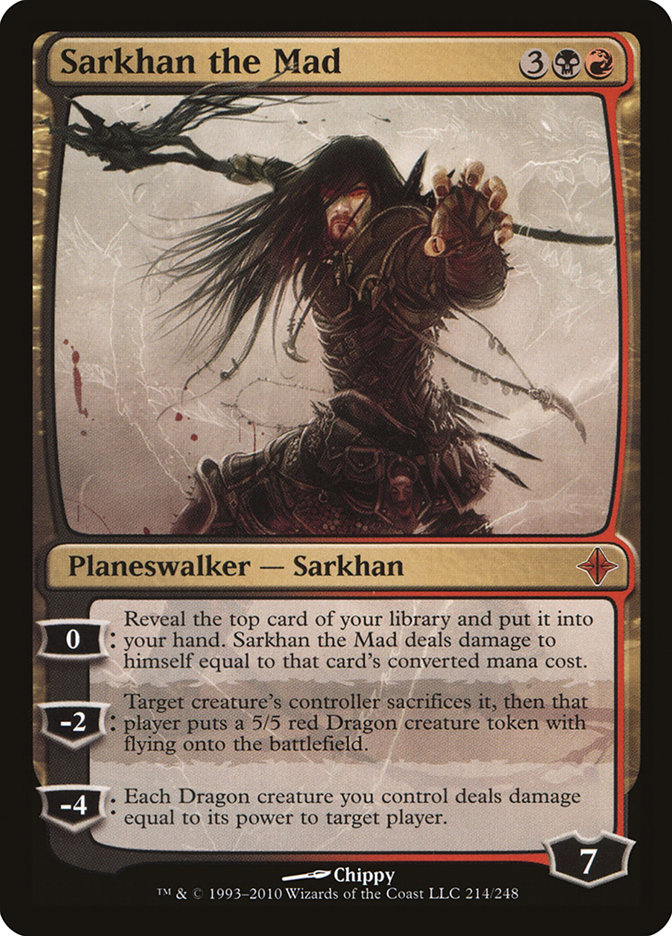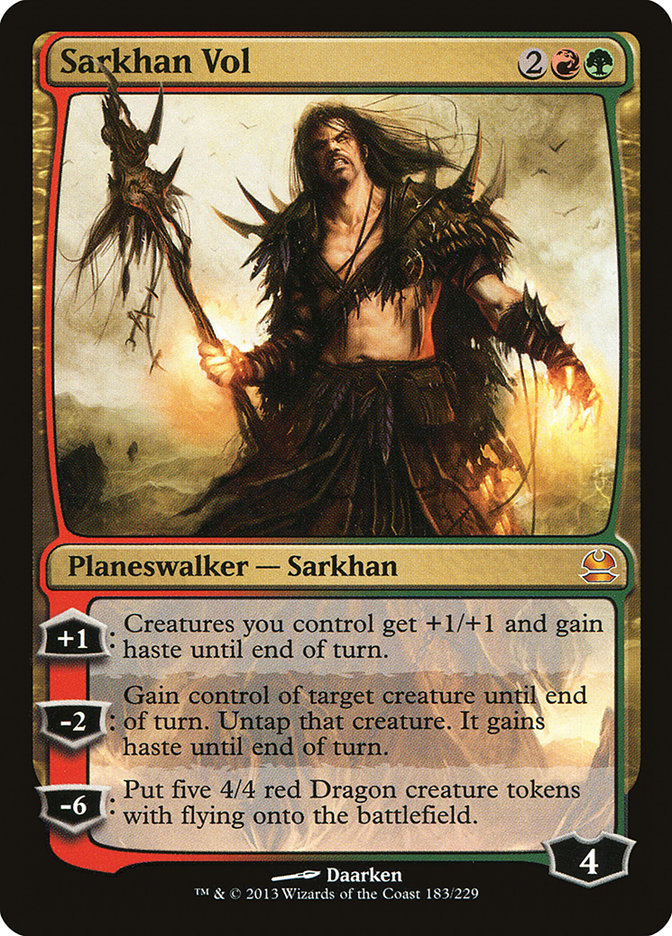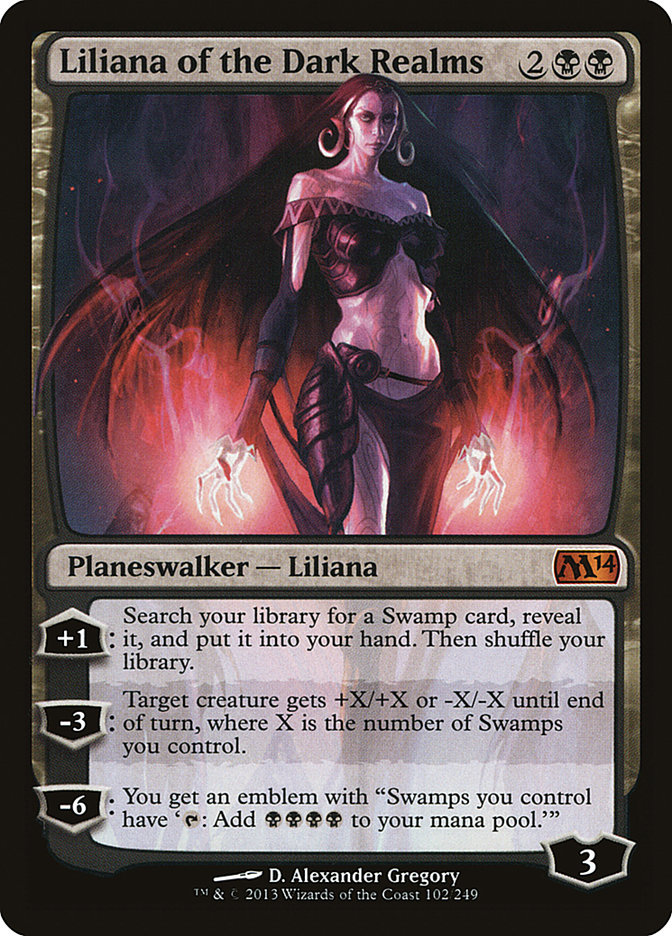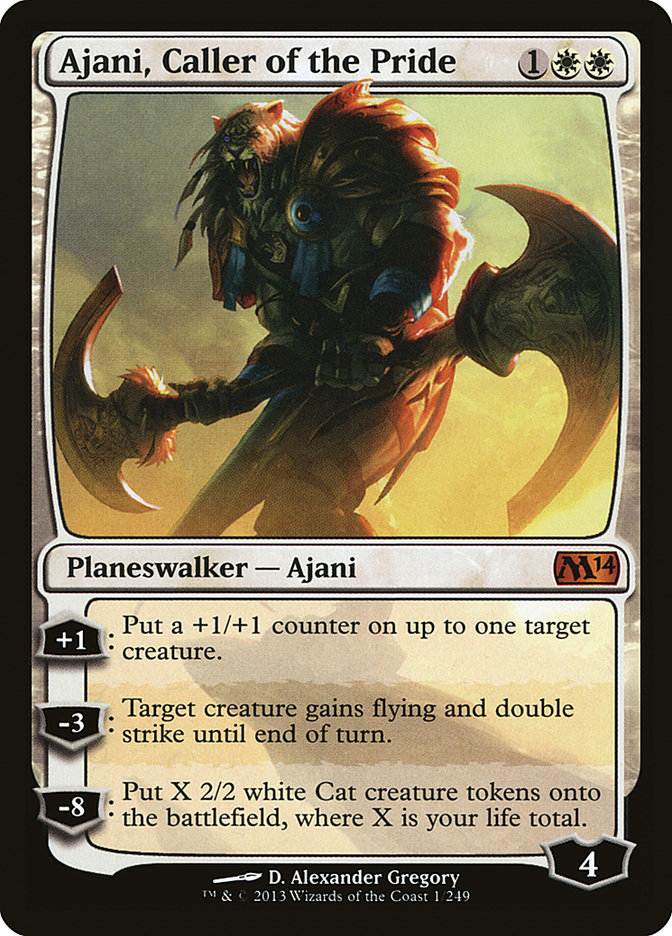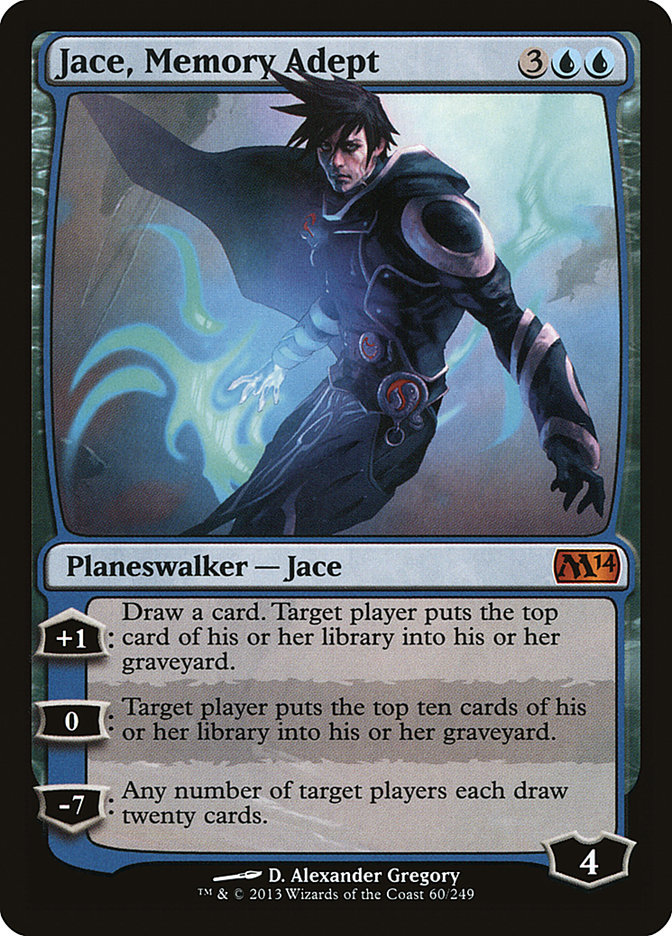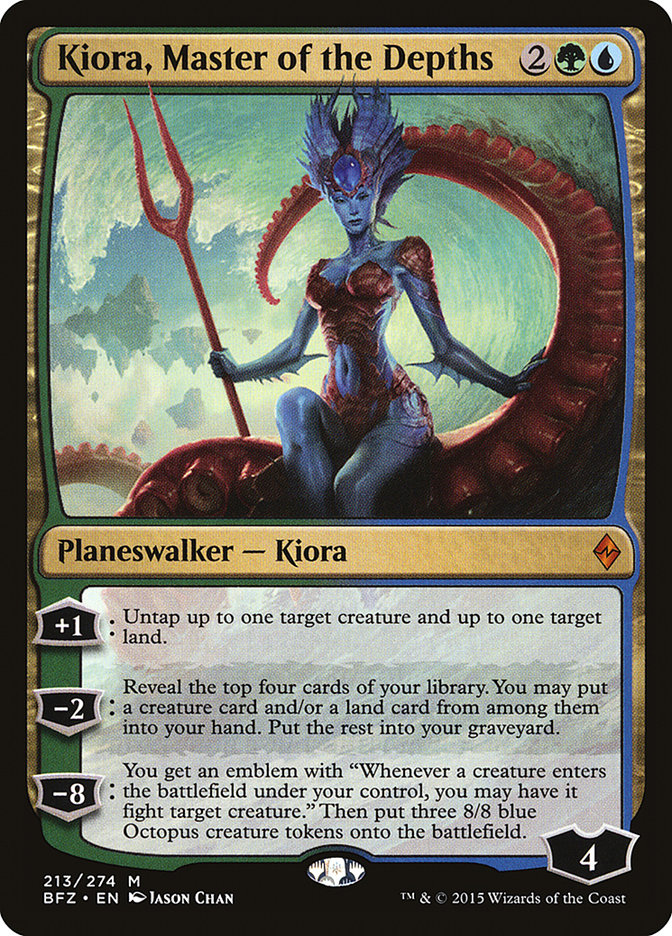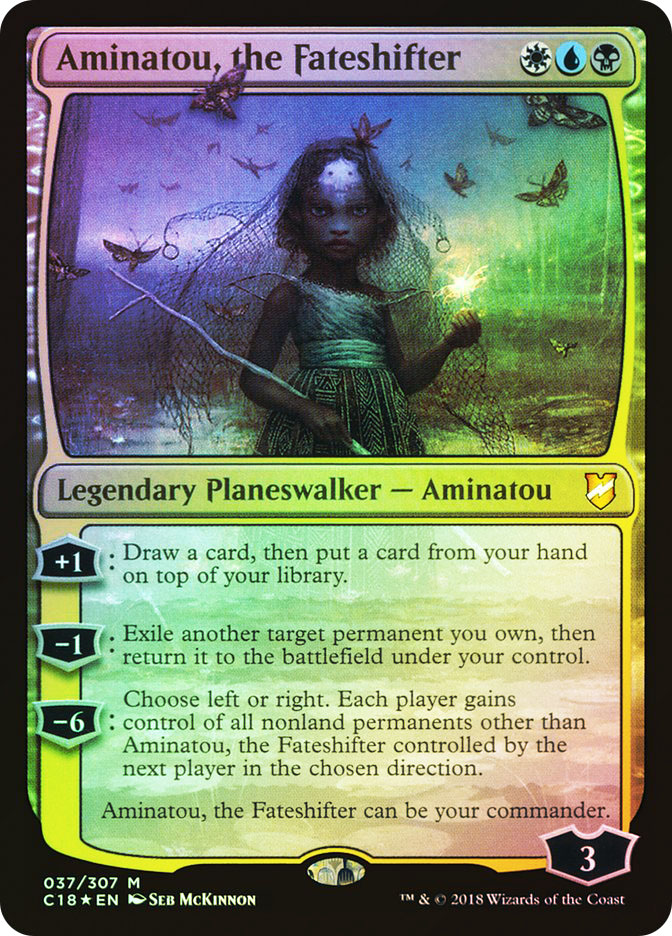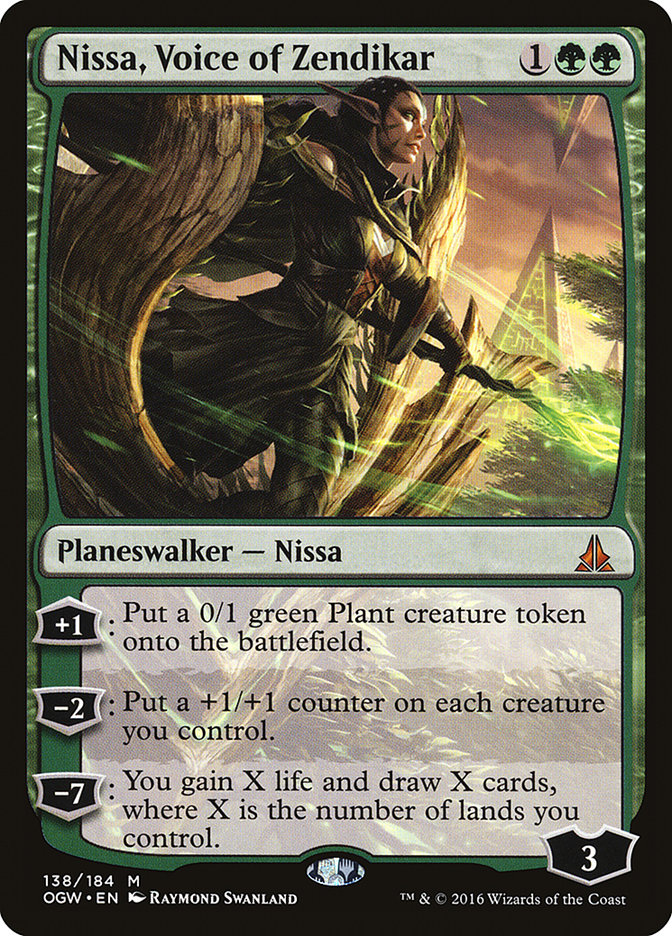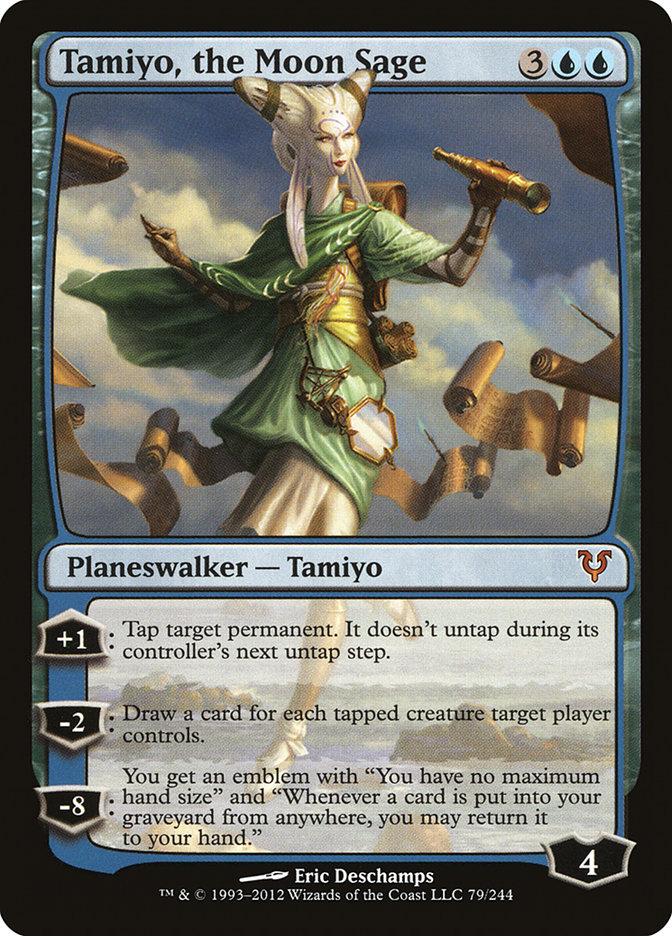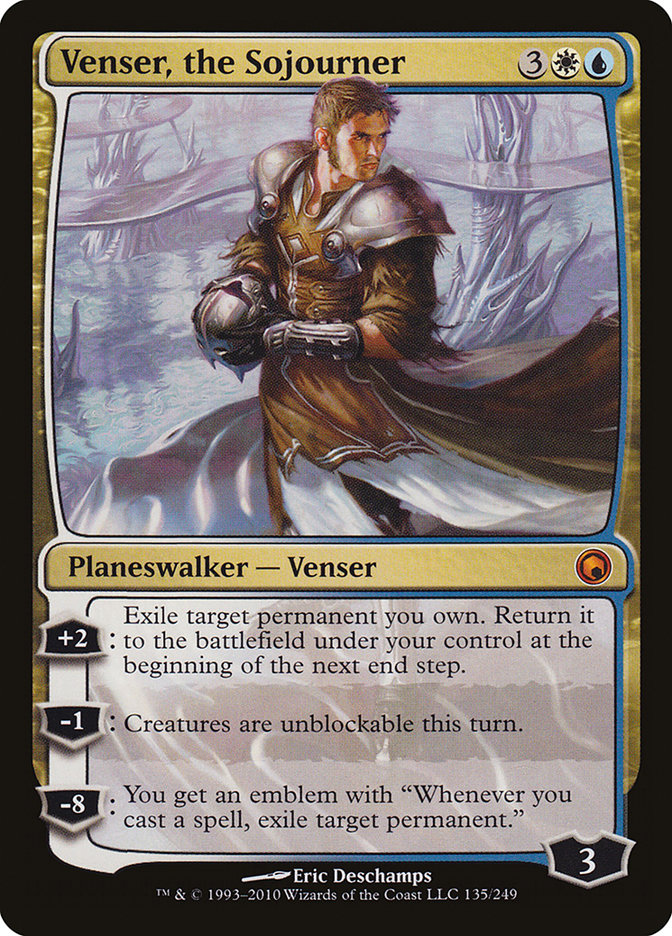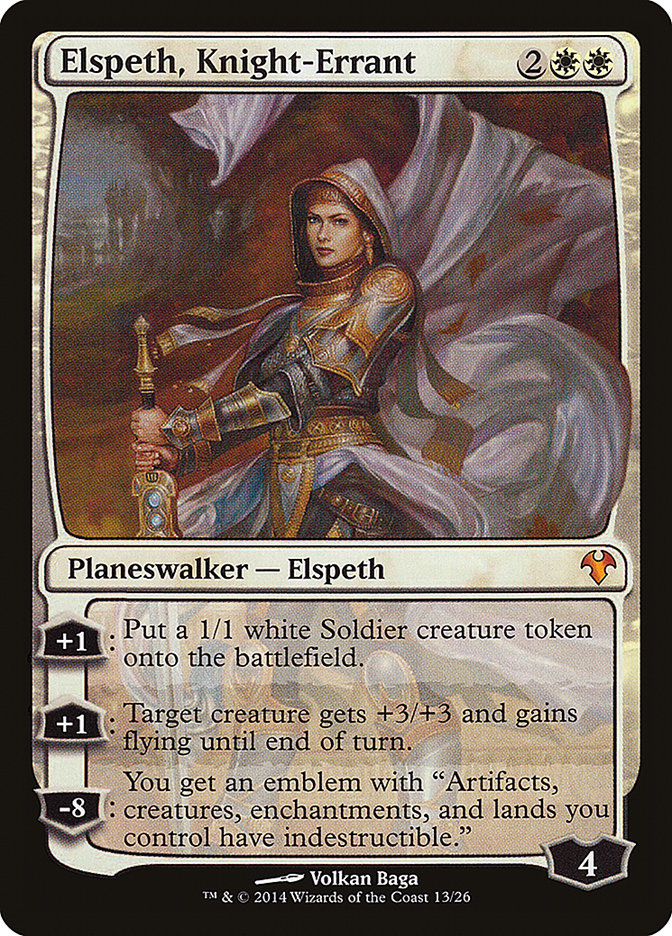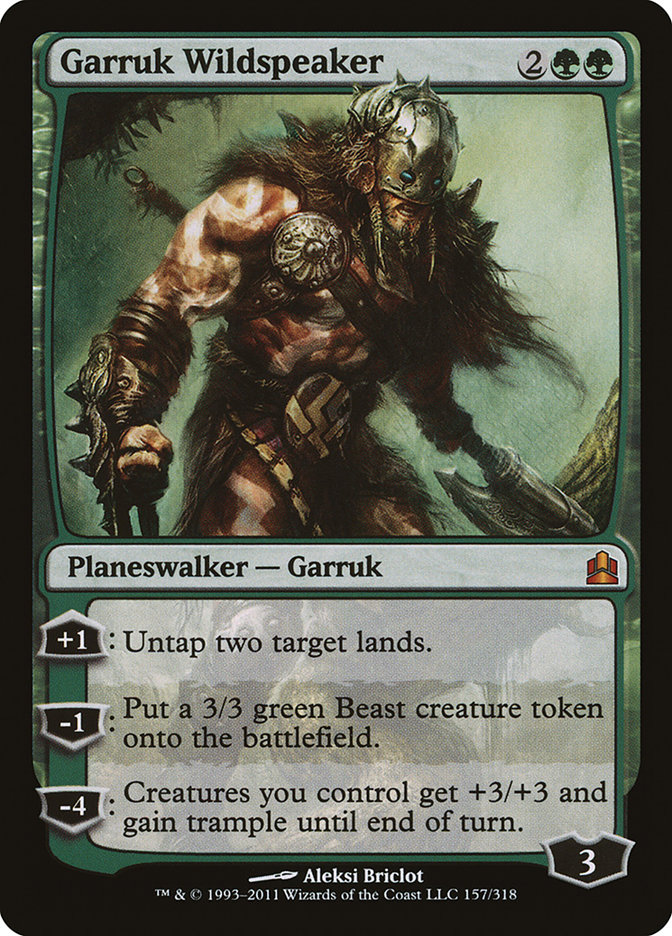With War of the Spark and its already-previewed number of 36 new planeswalkers just around the corner, it’s time to look at the best of the best before the new set raises the number of them by an astounding 26%. There are currently 139 of them available. Some of them have defined other formats and brought Superfriends decks to Commander, but which of them make my cut as the tops in the 100-card decks?
Planeswalkers are inherently vulnerable in Commander because you have three or four other players who don’t want you to have them. Especially early in the game, attacks on planeswalkers are more likely to have game impact than attacks on your life total, meaning players will hit them instead of your face. The payoff for protecting them is, of course, an extremely powerful ability, often attached to an emblem, waiting for you if you can protect them.
You can’t simply evaluate a planeswalker by its ultimate, though, since it’s the rare case that you’re going to be able to activate it. To be truly valuable, a planeswalker has to have useful other abilities as well. I’ve chosen fourteen, representing roughly the 10% of the current pool. Of course, this list will be highly personal; like the format itself, our play experiences with planeswalkers are built to our individual tastes. I’m sure that there are a few cards that you’ll think me crazy for leaving off the list, but if they’re not cards I play or want to play (Sorin Markov, for example), they don’t make the cut.
Putting this list together, I noticed that I play very few of the artifact-related planeswalkers. Honorable mention for my list goes to Karn Liberated because the first time someone played it against me and used the +4 ability, the card I exiled was Brooding Saurian.
14. Jace, the Mind Sculptor
JTMS probably makes the top of many players’ lists. It’s popular and expensive for a reason. I’m perfectly happy to simply continually use the second ability to constantly Brainstorm, especially if I have a card like Chasm Skulker on the battlefield. Occasionally, I’ll use the -1 ability to bounce a dangerous creature, but few are the times I’ve used the +2 to fateseal someone. I certainly don’t recall ever running up to the -12 ability, which just wins games. The best argument for just continuing to use the Brainstorm is that no one will get twitchy about the counters.
13. Sarkhan the Mad
This version of Sarkhan is the narrowest and least conventional, but it’s unique in that it can’t give itself more counters. It’s one which I’ve killed other players with in my Karrthus, Who Rains Fire From The Sky deck on multiple occasions. It’s free card draw, and using it that way I’ve gotten as many as four cards off it (luckily hitting lands, which happens in more than one in three cases). I just like the narrative of Sarkhan losing his mind and just wanting the world to get burned by Dragons.
12. Sarkhan Vol
A decent role-player in any kind of Threaten deck, this Sarkhan keeps up the pressure, with the first ability granting haste to the creatures you’re casting as opposed to borrowing. It won’t take you all that long to get to six loyalty counters and twenty power worth of Dragons, but my tendency is to just keep running the first two abilities as long as possible.
11. Elspeth, Sun’s Champion
She’s expensive at six mana, but the ability to make a big change to the battlefield is worth it. The line of play tends towards using the -3 ability to destroy all the big creatures first and then using the +1 to build up to the emblem. Obviously, your Soldier token decks will love it. There are clearly times, such as when you have some protection from attacks, like with Norn’s Annex or Crawlspace, when you want to go straight for the emblem, lending the card a flexibility that warrants its inclusion on the list.
10. Liliana of the Dark Realms
In all my time playing this card, I do not believe that I’ve used the middle ability. It’s always about getting Swamps and then getting to the Swamp emblem. This Liliana is particularly useful in black decks that don’t also have the ramp power of green, helping you get the lands you need to be able to hit all your drops. In addition to the lands with the Swamp type that produce more than one color of mana, I might also suggest playing the relevant Tainted lands (Tainted Field, Tainted Isle, Tainted Peak, and Tainted Wood) as budget-friendly options.
9. Ajani, Caller of the Pride
This Ajani isn’t quite as powerful as others, but I like its inexpensive casting cost and being able to get it running early. In the mid-game, its low cost lets you drop it onto the battlefield and still do other things, particularly useful in being able to protect it until you get to the swarm of Cats.
8. Jace, Memory Adept
I like milling you and I like milling me, so this particular Jace helps me do it all. He’s clearly useful in a deck featuring The Mimeoplasm, which is where I first put him to use, especially since the middle ability to mill ten cards doesn’t cost any loyalty. Surprisingly, I’ve gotten his ultimate off several times, which I’ve expected to do rarely. I don’t really play too much that protects him (other than creatures), so when I’ve been allowed to get to seven counters, I’ve always been amazed. Making people draw twenty cards can often kill them in long games, especially when you’ve effectively milled them over a number of turns.
7. Kiora, Master of the Depths
It’s easy to enjoy the mana acceleration that Kiora brings, plus the ability to attack and then get the creature untapped in order to protect Kiora. The emblem is, of course, insane, especially since it’s an optional ability. If the creature that enters the battlefield doesn’t have anything favorable to fight, then you don’t need to send it to its doom. Of course, when you activate the ultimate, you’ll also get three Octopuses who come around ready to fight. (I’ll confess that when I first read the card, I thought you got three 8/8s every time a creature entered the battlefield, which I thought was pretty broken. I had to RTFC more than once to understand that wasn’t the case.) As with any deck that likes to fight, adding Vigor is a grand idea.
6. Aminatou, the Fateshifter
Aminatou makes the list because of the broad space she occupies. The fact that she can be your commander is a huge reason she’s here. Leading the deck or as 1 of 99, the +1 ability is hand-sculpting, not card draw, and most players see it as not particularly dangerous. The -1 ability to blink a permanent you own is quite useful if someone has stolen something valuable, but it’s also just great because you know in Esper you’re playing cards with great enters-the-battlefield triggers, from Knight of the White Orchid to Mulldrifter to Boneshredder. Don’t undervalue leaves-the-battlefield triggers like Reveillark, Nevermaker, or Slithermuse. This ability will also help you reset a planeswalker whose loyalty counters have gotten low (but note that she can’t target herself), reset a card with cumulative upkeep, or just get extra mana out of a land (hello, Nykthos, Shrine to Nyx). Then finally, there’s the great chaos of the last ability, which will lead to some game states you might not have seen before.
5. Nissa, Voice of Zendikar
Another one that comes out early and gets running, I love that Nissa makes Plant tokens to go along with Avenger of Zendikar. If you’re just using the early tokens to keep Nissa alive, they’re still worthwhile. If they for some reason happen to be around with Avenger hits the battlefield, so much the better.
4. Tamiyo, the Moon Sage
Control isn’t generally in my wheelhouse, but I can occasionally be persuaded to be the blue player. Especially in my local group, I might be the one most likely to embrace blue (or at least equal with Todd “Donkey” Palmer), so during several Leagues, I’ve found myself being the blue player. What Tamiyo does that I like, even in non-control decks, is draw cards. Even if you just use it as a two-turn draw spell, you’ll get your value out of the five mana you spent on it. The ultimate is suitably powerful, and is one that my opponents have rarely allowed me the opportunity to get to.
3. Venser, the Sojourner
There are two things that are my favorites in Commander. First is getting creatures turned sideways and into the Red Zone. Second is taking advantage of sweet enters-the-battlefield triggers. Venser, the Sojourner helps with both. Like with Aminatou, you can rescue a permanent that’s been stolen by another player (take that, Bribery!), and you can do all the same tricks. Unlike Aminatou, you have to wait until the beginning of the next end step for the card to come back, which has both advantages and disadvantages. For example, you can save it if you’re going to do a battlefield wipe of some kind. You can’t, however, use it for explosive mana tricks—although sometimes just getting that one thing untapped and having it up for reactive spells and abilities on your opponents’ turns is enough. Of course, the ultimate is kind of stupid, and generally leads to winning games.
2. Elspeth, Knight-Errant
Original Elspeth doesn’t seem all that strong at first glance because you think the emblem is going to be excruciatingly difficult to get and your opponents really don’t want you to get there. It also seems like the first ability provides minimal protection and the second none at all, but that becomes the beauty of the card—the second ability also adds a counter, making it slightly more difficult to get rid of. Much of my love of this card is nostalgic, having played with it in the format since it came out. It’s also in one of my fondest memories—in which my opponent killed me with commander damage with Zedruu the Greathearted after a few jumps with Elspeth.
1. Garruk Wildspeaker
If planeswalkers have arcs in their abilities, none is more sweeping than original Garruk. From his ability to untap two lands (effectively making him cost two mana to cast, when you think about it) to his Overrun ability, the first ability leads you into the last. Early on, at least in my group, people left Garruk alone, especially since you were only untapping lands. Seemed like a little harmless mana acceleration. When we began playing with lands that produce large amounts of mana, letting that happened seemed far more dangerous. With the long-range possibility of a major attack coming, folks got the message pretty quickly. Still, this Garruk is the planeswalker I always want to put into green decks, and I have to resist the urge to habitually jam it in.
Will War of the Spark change the way planeswalkers impact Commander? Absolutely. The numbers are too large for it to happen any other way. There will be some which are considered must-haves, others complete duds. The next month will tell us which ones are which.
Question of the Week
Our question this time comes from Tremayne on the official forums:
I have a high percentage of Vorthos in me, so I love it. Weirdly, I don’t follow all of the storylines in so much detail, but I fully appreciate the fact that it exists and pay attention as a casual observer. I’m a fan of themes and things that tie together (like once doing a movie marathon with Children of a Lesser God, Original Sin, and Dogma), and having storylines helps developers and fans both invest in the culture and lore of the game. Returning to the various planes has been a big hit, and I hope they continue it, although I seem to recall Mark Rosewater saying last year some time that a return to Kamigawa, which is one I definitely would like to see, isn’t likely in the books.
Check out our comprehensive Deck List Database for lists of all my decks:
SIGNATURE DECKS
Purple Hippos and Maro Sorcerers; Kresh Into the Red Zone; Halloween with Karador; Dreaming of Intet; You Did This to Yourself.
THE CHROMATIC PROJECT
Mono-Color
Heliod, God of Enchantments; Thassa, God of Merfolk; Erebos and the Halls Of The Dead; Forge of Purphoros; Nylea of the Woodland Realm; Karn Evil No. 9.
Guilds
Lavinia Blinks; Obzedat, Ghost Killer; Aurelia Goes to War; Trostani and Her Angels; Lazav, Shapeshifting Mastermind; Zegana and a Dice Bag; Rakdos Reimagined; Glissa, Glissa; Ruric Thar and His Beastly Fight Club; Gisa and Geralf Together Forever.
Shards and Wedges
Adun’s Toolbox; Aminatou’s Demonic Fate; Angry, Angry Dinos; Animar’s Swarm; Borrowing Stuff at Cutlass Point; Ikra and Kydele; Karrthus, Who Rains Fire From The Sky; Demons of Kaalia; Merieke’s Esper Dragons; Nath of the Value Leaf; Queen Marchesa, Long May She Reign; Muldrotha, Speaking Primely; Queen Marchesa’s Knights; Rith’s Tokens; The Mill-Meoplasm; The Altar of Thraximundar; The Threat of Yasova; Zombies of Tresserhorn.
Four-Color
Yidris: Money for Nothing, Cards for Free; Saskia Unyielding; Breya Reshaped; Yidris Rotisserie Draft Deck.
Five-Color
Partners
Tana and Kydele; Kynaios and Tiro; Ikra and Kydele.
THE DO-OVER PROJECT
Adun Oakenshield Do-Over; Animar Do-Over; Glissa Do-Over; Karador Do-Over; Karador Version 3; Karrthus Do-Over; Kresh Do-Over; Steam-Powered Merieke Do-Over; Lord of Tresserhorn Do-Over; Mimeoplasm Do-Over; Phelddagrif Do-Over; Rith Do-Over; Ruhan Do-Over.
If you’d like to follow the adventures of my Monday Night RPG group (in a campaign that’s been alive since 1987) which is just beginning the saga The Lost Cities of Nevinor, ask for an invitation to the Facebook group “Sheldon Menery’s Monday Night Gamers.”



